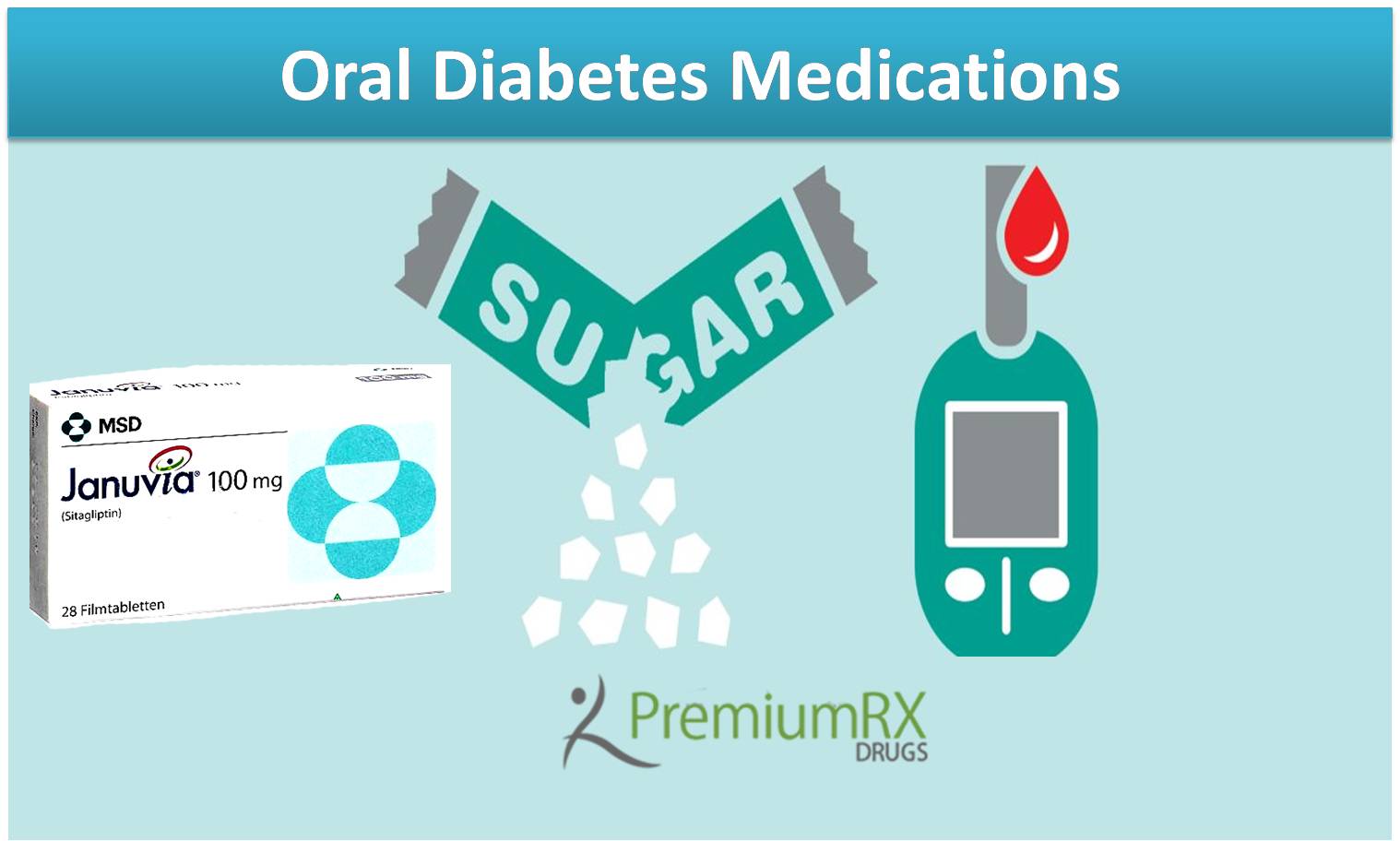Diabetes treatment comprises oral diabetes medications, diet, insulin, or a combination of these. People with Type 2 diabetes should always consult their physician before taking any medications or changing prescribed doses.
What is Diabetes?
Diabetes is the top, pressing health issues in the nation. About 1.5 million people in the USA are diagnosed with the metabolic disorder every year, and many are at risk of this health condition. Among the vast majority of those who are diagnosed with diabetes, about 90 to 95% have Type 2 diabetes. There is no cure for Type 2 diabetes, but may be able to manage the condition by following a healthy lifestyle, which includes eating healthy, staying active through regular exercise, etc. But sometimes these changes are not just enough. Medicinal therapy is the backbone of oral diabetes treatment. For Type 2 diabetes medication treatment begins with oral metformin, an antidiabetic drug that helps to lower the blood glucose level. When Metformin alone is not sufficient to gain complete control over high blood sugar level, different medicines may be added to metformin to manage the condition. Some patients may also require the use of injectable insulin.
What medicines could your physician prescribe?
Sulfonylureas- These medications stimulate the pancreas to produce more insulin, but the insulin production is not related to increased blood glucose levels. These medicines are therefore more likely to cause hypoglycemia or low blood sugar levels. Common sulfonylureas are Glipizide, Glimepiride, and Glyburide. Glipizide is a common oral antidiabetic drug which is used in patients with kidney disease, and no dose adjustment is required for this medicine. Carefully follow your physician’s instruction while taking Glipizide and undergo regular glucose monitoring to avoid the hypoglycemic condition. Tin people with chronic kidney disease and renal stage disease, Glimepiride should be used cautiously, and a change in the dosing schedule should be based on fasting blood glucose concentrations.
The most common side effects of these medicines include low blood sugar or hypoglycemia. Patients using Sulfonylureas should recognize the symptoms and know how to treat them because severe low blood sugar is possible with all medications for this class.
- Dipeptidyl peptidase 4 (DPP-4) inhibitors
Examples of these drugs are Sitagliptin and Saxagliptin. These lower blood sugar levels by increasing the insulin production from the pancreas and decreasing the amount of glucose that is released by the liver. Januvia is also a DPP-4 inhibitor that helps to lower blood sugar level. Its use may require dose adjustment for patients with impaired kidney function. Common side effects of both drugs include a sore throat, nausea, upper respiratory tract infection, runny or stuffy nose, headache, and upset stomach.
- Alpha-glucosidase inhibitors
An alpha-glucosidase inhibitor like Acarbose slows down the digestion of carbohydrates, which decreases the rate at which glucose is absorbed from the food in the colon. It will not lower blood sugar level unless it is taken with other oral anti-diabetic agent or insulin.
In addition to taking prescribed medicines, you should also manage your diabetes by monitoring your glucose levels, eating a healthy diet, doing regular exercise, and maintaining an appropriate weight. A good blood glucose control can help prevent diabetes-associated complications and may improve your quality of life.
Marie
Latest posts by Marie (see all)
- Terbinafine HCL Cream: Uses, Dosage, Side Effects, and precautions - April 28, 2025
- Revize Micro Gel 0.025% | Uses, Price, Side effects - April 9, 2025
- What is Evalon Cream: How to Apply, Benefit, who Can Use - April 4, 2025




